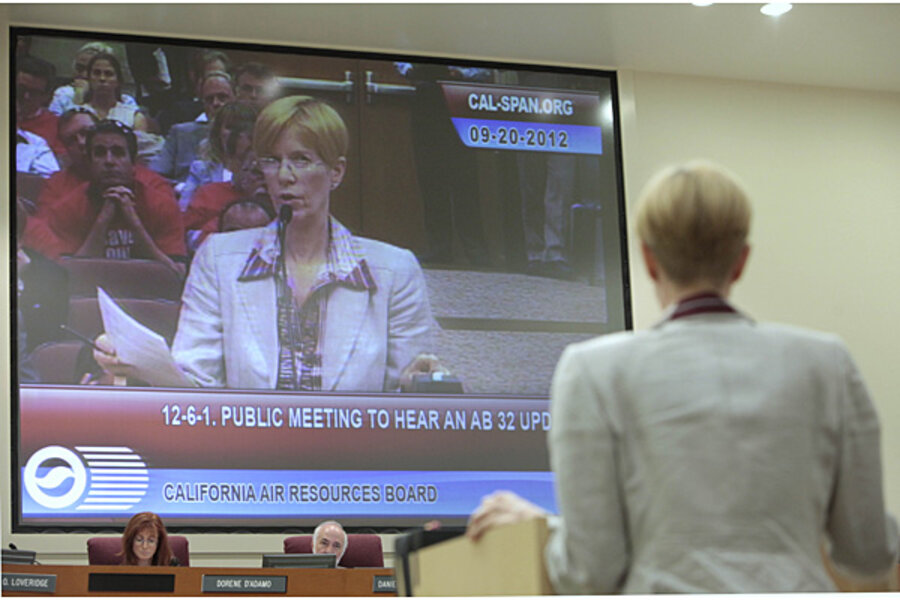California carbon market at risk amid opposition
A combination of legal threats, growing political opposition and changes to the rules that govern it is seeing California carbon trading at records lows, bringing the very concept of the market into question.
The emissions program, started by state lawmakers following the federal government’s failure to implement a carbon-purchase system of its own in 2010, has suddenly become the second largest in the world, behind only that of the European Union, promising to cover no less than 85 percent of emissions in California that result from the many companies behind its $1.74 trillion per year economy. (Read More: Global Carbon Dioxide Emissions — Facts and Figures)
Unfortunately, political unrest and general disagreement between climate experts and business leaders is threatening to take the program under before it’s really begun. With only one week remaining before the first allowance sale, one CEO has accused the regulations of being completely taken over by academics and extremists who do not have a finger on the pulse of the business world, leading some to threaten to bring lawsuits against the state if they continue to unfairly govern trade.
“Any time there’s a whisper or threat of a lawsuit, it puts a damper on folks’ thinking about when to start in this market,” said Harold Pestana, a senior manager at Pacific Gas & Electric Company in San Francisco. “There’s a general sense now that there may not be as many people participating in the auction. There’s a wait-and-see attitude.” (Read more: U.S. Energy Related Carbon Emissions Declined in 4 of Last 6 years)
While the details will be hammered out in the coming weeks and months by regulators, the plan itself will see California “cap” carbon emissions in the common sense, requiring the purchase and trading-in of carbon permits by companies in order to justify their pollution output. Unused credits are allowed to be bought and sold between companies, creating a market in and of itself that the state hopes will help it to lower overall emissions by 15 percent by the year 2020.






